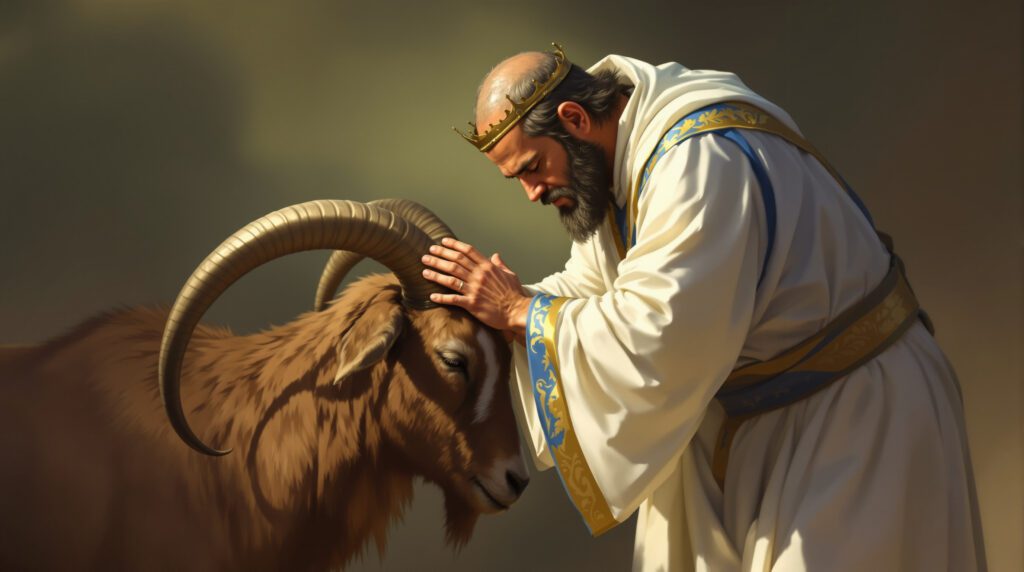In a previous blog, I called attention to the fact the Gospel, with its central claim that God became a human being, is among those things often said to be “too good to be true.”
In this second blog in the series, we continue to present another primary Gospel theme which makes it almost unbelievable. It is the simple truth that God not only took on human form, once he assumed human likeness, he died for those who hated him, wanting nothing to do with him. There is no greater manifestation of the Creator’s love than this.
There is nothing in any other religion which comes remotely close to this lofty idea. As Apostle Paul says, “For one will scarcely die for a righteous person—though perhaps for a good person one would dare even to die—but God shows his love for us in that while we were still sinners, Christ died for us” (Romans 5:7-8). God assumed human form and died, not for righteous people or people that could repay him, but for those who were his enemies and could give nothing in return. “God so loved the world that he gave” his most precious gift—his only Son! This lies at the heart of the Christian religion; that the God-Man Christ Jesus willingly gave up His lifeblood for sinners.
Paul quotes what many believe was a first-century hymn, in which he soars the heights of human language to describe the central truth; that God became a Man in order that he might die for sinners (Philippians 2:5-11). The apostle, in the Corinthian letter, speaks of the “word of the cross” when referring to the Gospel (I Corinthians 1:18). Even his Incarnation cannot be fully understood apart from the fact He became a Man that He might die! The Gospel is focused on the incredible truth that it took nothing less than the death of the God/Man to redeem sinful man.
The death of the Jewish Messiah on Calvary is a revelation of both the nature and wisdom of God. As far as the nature of God goes, the cross is a revelation of the righteousness of God. It was a necessity for God to meet the just requirements of the Law of God. The wrath due to sinners for sin was poured out upon the Messiah on the cross so that He (God) might have a righteous way to forgive sinners. Isaiah takes us into the heart of God the Father when he says, “it was the will of the Lord to crush Him” (Isaiah 53:10). Why did God allow his Son to suffer so violently? Because God knew it was the only way that He could remain righteous while forgiving sinners. In the words of Paul, he did this in order that “He might be just and the justifier of those who have faith in Jesus” (Romans 3:26).
But the cross also demonstrates the wisdom of God as well. The cross is not only the way God devised to forgive sinners while Himself remaining righteous. It is also a revelation of how God thinks. Paul refers to it as the “weakness of God” (I Corinthians 1:22-25). When God became human, he did so to display his power, not as the almighty God who created the heavens and the earth, but as the One who came to suffer and die. God’s power and glory are manifest not by destroying his enemies, but by allowing his enemies to do to Him what they pleased. And in doing so, God revealed his mindset; indeed, the humility of God.
The cross is a revelation of how God thinks and as such stands unique among the religions of the world. It is relatively easy to think of God in terms of naked power who by his very word spawned the universe as well as crushed enemies. But no one, unaided by the Spirit, could ever have devised of the deity revealed by the cross of Christ—a God so lowly He allows Himself to be overcome by his enemies. And by so doing, He redeemed the world. The cross reveals that “the weakness of God is stronger than men” (1:25).
Now, because the God of the universe suffered and died for a sinful world, no one can ever be in doubt as to his love for a fallen race. Too good to be true? Perhaps. But it lies at the core of what makes the Gospel the most incredible news the human race has ever heard.





0 Comments